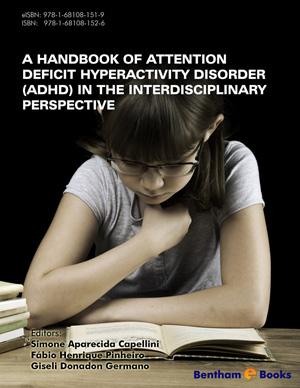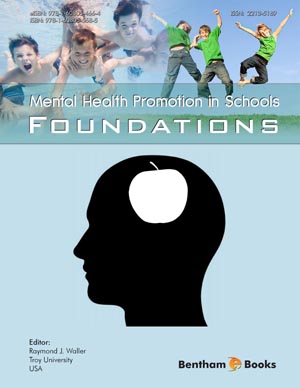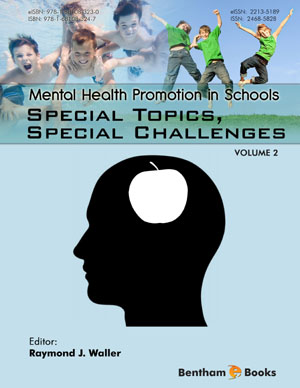Abstract
Chapter one explores the reasons why student nurses need to be educated in
trauma-informed care. Trauma-informed care endeavours to help people who have
experienced trauma and targets change at the organizational and clinical level with the
aim of improving client/patient outcomes. Various forms of adversity that exist are
presented, and we are informed that trauma is not merely a childhood occurrence but
may occur at any point across the lifespan. Stereotypical biases and racial stigma
experienced by the following special populations are explored, those with differing
sexual orientation or gender identity, older adults, refugees and immigrants, people of
colour, and Indigenous people. The role that bias and implicit bias play in structural
trauma aimed at specific populations is explained. An overview is given of the
following specific trauma-related responses, trauma triggers, acute stress disorder,
post-traumatic stress disorder, secondary traumatic stress, vicarious traumatization, and
compassion fatigue. The Four Core Assumptions of Trauma-informed Care as
recommended by the Substance Abuse and Mental Health Services Administration
(SAMHSA are explored, because they are foundational for providing traumaresponsive care, and consist of realizing, recognizing, responding, and resisting retraumatization. Healthcare professionals are strongly encouraged to practice in a
trauma-responsive and trauma-sensitive manner. Incorporating trauma-informed
approaches into the Nursing School curriculum is recommended for the following
reasons. Adversity is prevalent in society, and high number of people who access
health services have experienced trauma. Student nurses are not currently learning
these skills in a comprehensive way in all schools. Student nurses may have a history
of trauma, and they are exposed to adverse and stressful events in clinical training. Two
Narrative Case Studies are presented. The first shares the story of a Counsellor who
developed compassion fatigue, and the second one reveals the complexity of the trigger
response. The following learning activities are suggested: connecting with the goodness
in life; changing prejudices and stigma; and participating in a trauma-sensitive practice
challenge. A self-care strategy that promotes self-compassion is included at the end of
the chapter.












